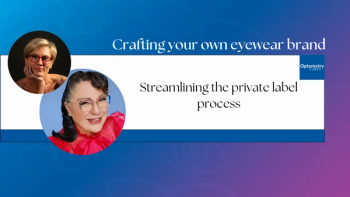
Anterior segment laser surgery on horizon
Anterior segment laser surgery is currently within the state scope of practice for optometrists only in Oklahoma.
"One of the nice things about an optometrist being able to provide laser procedures for his or her patients is that the optometrist in many cases has a long-time relationship with that patient and, if it's in their scope of practice, the optometrist would be able provide the care that his or her patients need with the laser," said Dr. Schifanella, clinical associate professor of optometry, University of Alabama School of Optometry, Birmingham.
Before embarking on any of these procedures, the preparatory steps include performing a comprehensive eye exam, including dilation, to look for any risk or complicating factors that would rule out the procedure.
"Make sure there's a clear indication for the procedure. Follow the rules and be ready to handle the complications if any should arise," Dr. Schifanella added.
The informed consent process also must include disclosure of alternatives and abnormalities, as well as patient responsibilities following the procedure.
"Be aware that the more laser energy you put in the eye, the higher the risk for complications. Use the least energy necessary to get the job done, but use high enough energy to get the job done," Dr. Schifanella advised.
"As optometrists, we're uniquely trained in optics," said Dr. Than, associate professor of optometry, University of Alabama School of Optometry, Birmingham. "We spend a lot of our professional program getting a strong foundation in optics, so we support and understand the different lasers and the different tissue reactions.
"We want the doctors to understand why they can't use an excimer laser for every procedure and why they can't use an Nd:YAG laser to perform refractive surgery. We talk about it from a clinical aspect versus a purely optic standpoint, which might have been covered during training," she said.
"Optometrists have the unique background of having known the patient well and done comprehensive eye exams on the patient, so they know the patient's back of the eye and front of the eye before they do the laser procedure," Dr. Than added.
Newsletter
Want more insights like this? Subscribe to Optometry Times and get clinical pearls and practice tips delivered straight to your inbox.













































.png)


